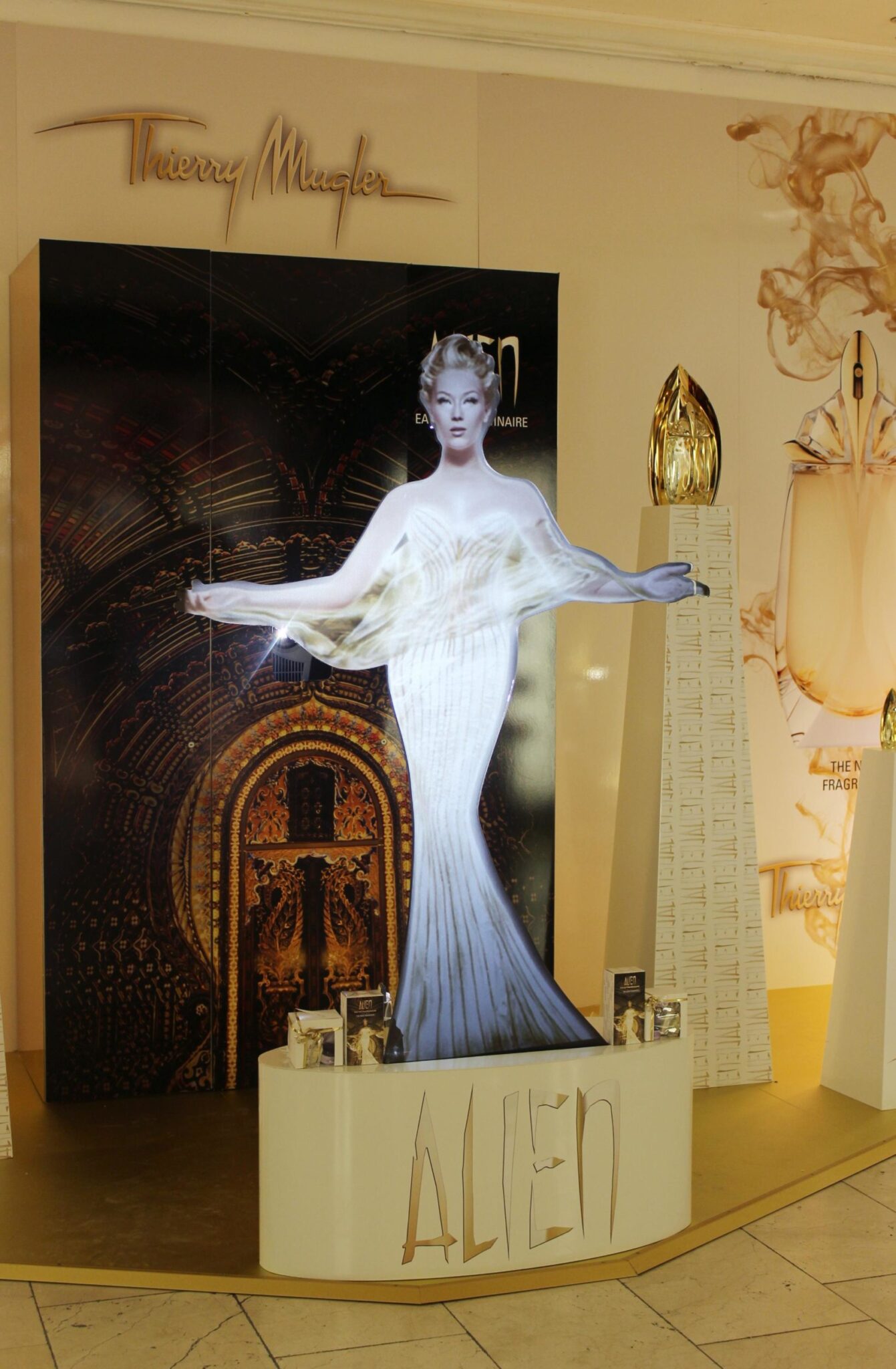- Home
- Sectors
- Solutions
- Tensabarrier®
- Tensator® Charging Stations
- Tensamedia® Wayfinding and Signage
- Lawrence® Post & Rope
- Tensator® Airport Passenger Guidance System
- Electronic Queuing – eQ™
- Tensaguide® Modular Barrier System
- Tensator Micam Protection – TMP
- Safety Solutions
- Access Control
- In-Queue Merchandising
- Holographic Virtual Assistant
- Virtual Queuing – VQMS
- Custom & Bespoke Solutions
- Resources
- About
- Contact Us
- Shop
 English (English)
English (English)
Humanising brands through technology
06
Mar

It might seem contradictory to talk about technology lending a human touch to brand experiences but, these days, that’s something of an outdated assumption. Customers are becoming savvier than ever when it comes to marketing, and technical innovation has played a big role in their perception of what makes a brand engaging. By allowing customers to interact with brands on a frequent basis, technology can help ‘humanises’ the experience.
This doesn’t necessarily mean investing in an enormous web of new systems in an attempt to revolutionise the customer experience. Brands should look to whatever technology they have to open a dialogue with customers; to provide targeted and relevant messages. In practice, there is already a multitude of resources at customers’ disposal that brands can use as a channel of communication– smartphones and tablets being the most prolific. Developing apps that connect with its audience, and not just an extra icon on the screen, can leave a lasting impression with potential and existing customers.
One successful example of this is the Nike+Running app, which allows friends to compete in sports activities and set new personal best times. This has developed the brand’s association of health and fitness, whilst also cultivating a community that is loyal to it. In essence, it’s because the technology has allowed the brand’s messages to its customers to be much more personal, and specific to their individual circumstances and interests.
There’s a lot that other sectors are learning from this. Gone is the phase of poor, faceless service, replaced by more considered communication that is genuinely helpful to individuals, rather than a passive sales message. This improved dialogue is what enables brands to better develop their own tone and personality, which increases the potential for engagement further on a more personable level.
Whatever the sector, brands are looking for new ways to cut through the noise of traditional signage, ensuring that customers’ expectations are surpassed and raising service standards overall. This is something that cosmetics brand Clarins invested in, using the first full-height Tensator Virtual Assistant to bring the figure from its advertising campaign to life in-store. The project was part of an integrated campaign to promote the launch of Thierry Mugler’s ‘Alien Extraordinaire’ perfume in three flagship stores. This campaign exemplifies how technology can be used to engage consumers by delivering a unique ‘wow’ factor.
The continual development of technology will become increasingly vital for brands, as they look to engage with customers who have become desensitised to traditional marketing techniques. Whether through in-store tactile solutions or apps that customers can carry in their back pockets, giving a human quality to messages is what will give brands a more active role in the psychological process of shopping, travelling or banking.



